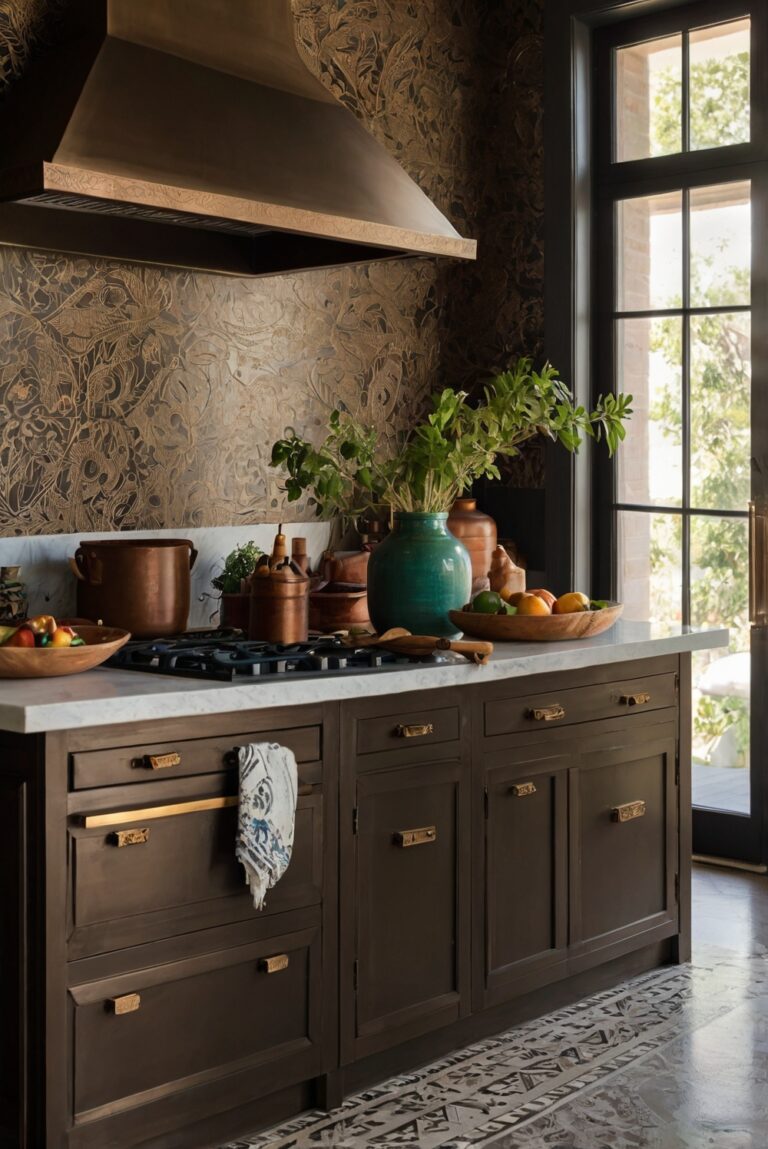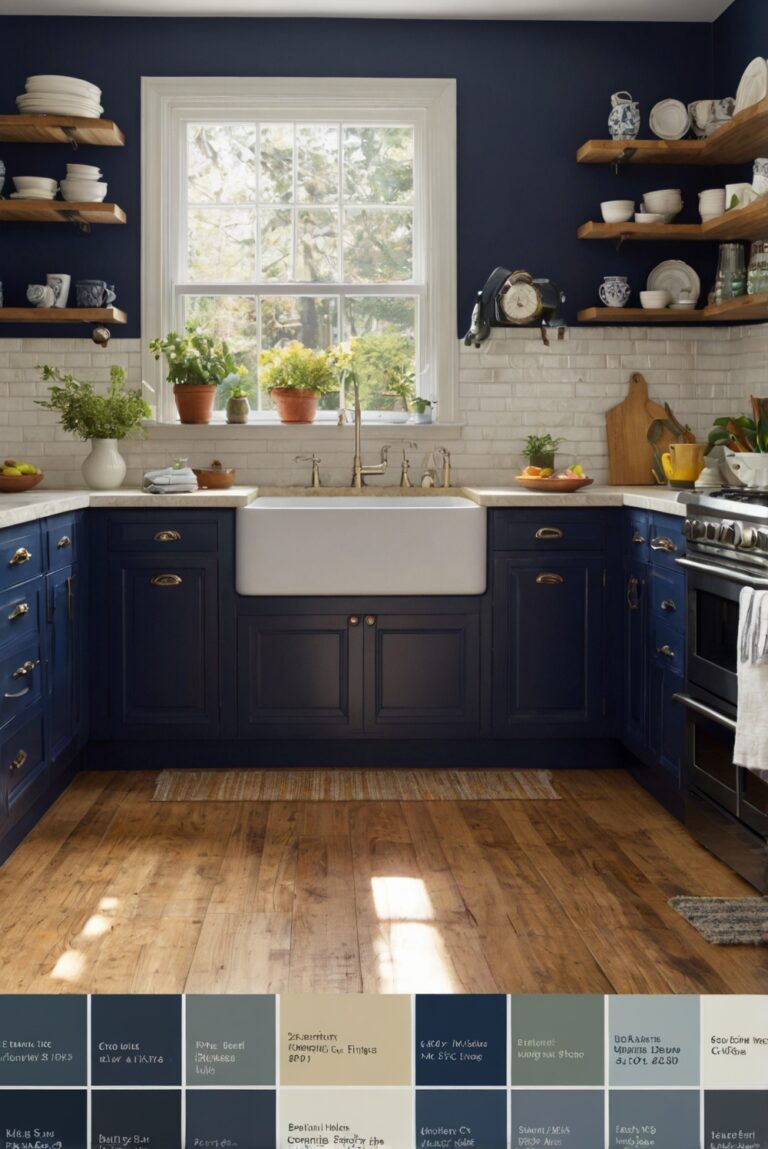How to layer lighting in your kitchen for a functional and stylish space?
Enhance your kitchen with a stylish and functional lighting design. Discover how to expertly layer lighting in your space for both practicality and style.
**How to layer lighting in your kitchen for a functional and stylish space?**
16px: Properly layered lighting in your kitchen is essential for creating a functional and stylish space. Start by incorporating ambient lighting to provide overall illumination. Then add task lighting for specific work areas like the countertops and stove. Finally, include decorative lighting to enhance the aesthetic appeal of the room. Use a combination of ceiling lights, under-cabinet lights, and decorative fixtures to achieve a balanced lighting scheme. This approach will not only improve the functionality of your kitchen but also elevate its design aesthetic.
– Focus on: home decorating, home interior, home interior design, home decor interior design
– Space planning, interior design space planning, decorating interiors
– Interior bedroom design, designer kitchen, kitchen designs
– Living room interior, designer wall paint, primer paint for walls
– Color matching painting, paint color match, home paint colors.
How to Layer Lighting in Your Kitchen for a Functional and Stylish Space?
Assess Your Kitchen Layout
When considering how to layer lighting in your kitchen, it is crucial to start by assessing your kitchen layout. Look at the size and shape of your kitchen, as well as the location of key areas such as the sink, stove, and countertops. This assessment will help you determine where you need the most light and what type of lighting fixtures will work best in each area.
Consider Different Types of Lighting
To create a well-lit and visually appealing kitchen, you should consider incorporating different types of lighting. Ambient lighting provides overall illumination and can be achieved through ceiling lights or track lighting. Task lighting is essential for specific work areas like the sink and stove, and can be achieved through under-cabinet lighting or pendant lights. Accent lighting adds depth and dimension to your kitchen and can be used to highlight architectural features or artwork.
Choose the Right Fixtures
Selecting the right fixtures is key to achieving a functional and stylish lighting design in your kitchen. For ambient lighting, consider overhead fixtures like recessed lights or flush mounts. Task lighting can be achieved with under-cabinet lights or adjustable track lighting. Pendant lights are a popular choice for adding style and personality to your kitchen, while recessed lighting can provide a clean and modern look.
Utilize Natural Light
In addition to artificial lighting, don’t forget to make the most of natural light in your kitchen. If possible, maximize natural light by keeping windows unobstructed and using light-colored window treatments. Natural light not only brightens up your space but also creates a warm and inviting atmosphere.
Layering Techniques
When layering lighting in your kitchen, it’s important to use a combination of ambient, task, and accent lighting to achieve a balanced and functional design. Start by installing ambient lighting as the base layer to provide overall illumination. Then add task lighting in key work areas to ensure sufficient light for cooking and food preparation. Finally, incorporate accent lighting to highlight focal points and add visual interest to your kitchen.
In conclusion, layering lighting in your kitchen is essential for creating a functional and stylish space. By assessing your kitchen layout, considering different types of lighting, choosing the right fixtures, utilizing natural light, and implementing layering techniques, you can achieve a well-lit and visually appealing kitchen that meets both your practical and aesthetic needs. Be sure to experiment with different lighting combinations to find the perfect balance for your space and enjoy the enhanced functionality and style that layered lighting can bring to your kitchen.
1. Why is it important to layer lighting in your kitchen for a functional and stylish space?
Layering lighting in your kitchen is essential for creating a functional and stylish space because it allows you to control the ambiance and brightness levels based on the tasks being performed. By combining different types of lighting such as ambient, task, and accent lighting, you can ensure that your kitchen is well-lit and visually appealing. Ambient lighting provides overall illumination, task lighting focuses on specific work areas like the countertop or stove, and accent lighting adds depth and highlights certain features. This combination of lighting layers enhances the functionality of your kitchen while also adding a touch of style.
2. What are the different types of lighting to consider when layering in a kitchen?
When layering lighting in your kitchen, it’s important to consider three main types of lighting: ambient, task, and accent lighting. Ambient lighting, also known as general lighting, provides overall illumination to the space. Task lighting is focused on specific work areas like the sink, countertop, or stove to ensure adequate lighting for cooking and food preparation. Accent lighting is used to highlight certain features in the kitchen such as artwork, cabinets, or a decorative backsplash. By incorporating all three types of lighting, you can create a well-balanced and functional kitchen space.
3. How can you incorporate ambient lighting in your kitchen for a functional and stylish space?
To incorporate ambient lighting in your kitchen, you can use overhead fixtures such as recessed lights, track lighting, or a central pendant light. These fixtures provide general illumination to the entire space and help create a bright and inviting atmosphere. It’s important to choose the right size and placement of ambient lighting fixtures to ensure even distribution of light throughout the kitchen. Additionally, using dimmers or smart lighting controls can help adjust the brightness levels based on the time of day or specific tasks, adding both functionality and style to your kitchen.
4. What are some tips for incorporating task lighting in a kitchen for a functional and stylish space?
When incorporating task lighting in your kitchen, it’s important to focus on specific work areas where additional light is needed. Under cabinet lighting is a popular choice for illuminating countertops and providing task lighting for food preparation. Pendant lights or track lighting above the kitchen island can also serve as task lighting for cooking or dining areas. It’s essential to position task lighting fixtures strategically to avoid shadows and glare, ensuring optimal visibility and functionality. By combining task lighting with ambient and accent lighting, you can create a well-lit and stylish kitchen space that meets your practical and aesthetic needs.
5. How can accent lighting be used to enhance the style and functionality of a kitchen space?
Accent lighting is a versatile design element that can be used to enhance the style and functionality of a kitchen space. By highlighting specific features such as artwork, architectural details, or decorative elements, accent lighting adds depth and visual interest to the room. LED strip lights installed under cabinets or shelves can create a warm and inviting ambiance while also providing additional task lighting. Adjustable track lighting can be used to focus on a particular area or highlight a statement piece like a kitchen island. By incorporating accent lighting strategically, you can elevate the overall design of your kitchen while also improving its functionality and visual appeal.







